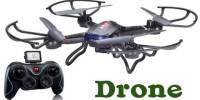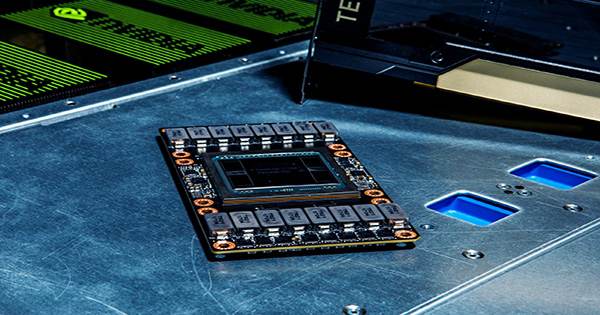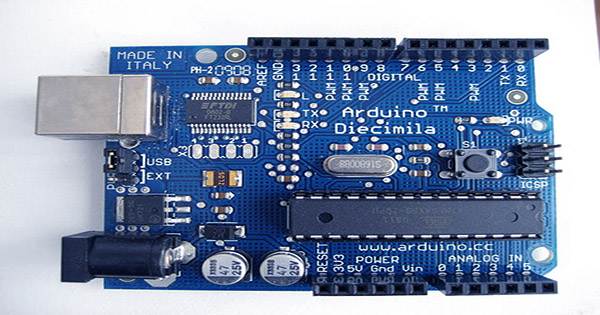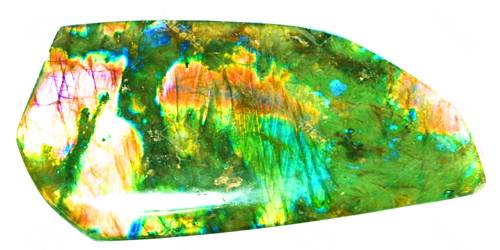Researchers think it’s time for time crystals to leave the lab and make their way into the real world, and a recent development implies it might happen sooner rather than later. A team lead by UC Riverside Assistant Research Professor Hossein Taheri has demonstrated that time crystals can live at ambient temperature for an indefinite amount of time despite noise and energy loss.
Time crystals are a relatively new phenomenon. Time crystals are a collection of numerous particles whose organization repeats in time, much like ordinary crystals are a repetition of structure in space. These strange items have been seen in a variety of systems (including a children’s toy), but only in lab settings. The research team discovered a time crystal that was not separated from its surroundings, as published in the journal Nature Communications. They made this all-optical time crystal by focusing two laser beams on a one-millimeter magnesium fluoride glass resonator.
The device can overcome energy dissipation, which would cause the time crystal to break down, by using a technique called self-injection. When tested in a real-world environment, the method appears to be reliable. In a statement, lead author Taheri said, “When your experimental system has energy exchange with its surroundings, dissipation and noise work hand-in-hand to undermine the temporal order.” “To build and preserve time crystals, our photonic platform creates a balance between gain and loss.”
The intriguing feature of time crystals is that they break the temporal symmetry of the force or energy that forms them. The laser pulses in this example are repeated at regular intervals to keep the system running. They are said to have a definite time frame. Once generated by these pulses, the time crystal will repeat; its period differs from that of the laser pulses – and here is where the time crystals’ potential resides.
Because of its repetitive nature, applications for this technology may benefit from either specific frequencies or precise time measurements. After all, the mathematical inverses of frequency and time are frequency and time. “We aim to use this photonic technology in tiny and lightweight radiofrequency sources with improved stability, as well as precision timekeeping,” Taheri noted. Could we see a watch that ticks owing to a time crystal in the near future? Perhaps not so soon, but this work brings us one step closer.
















